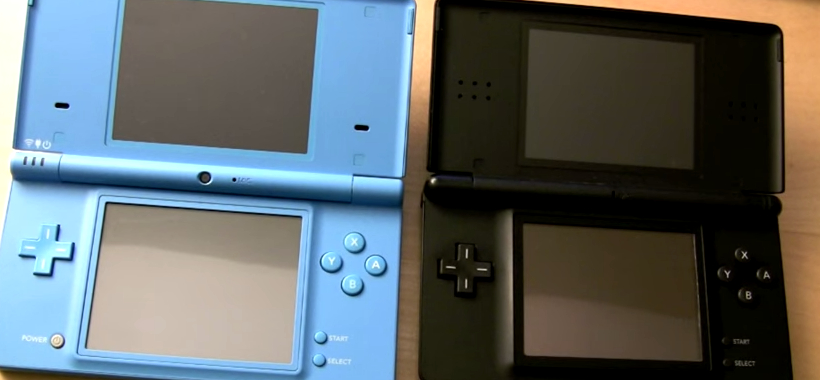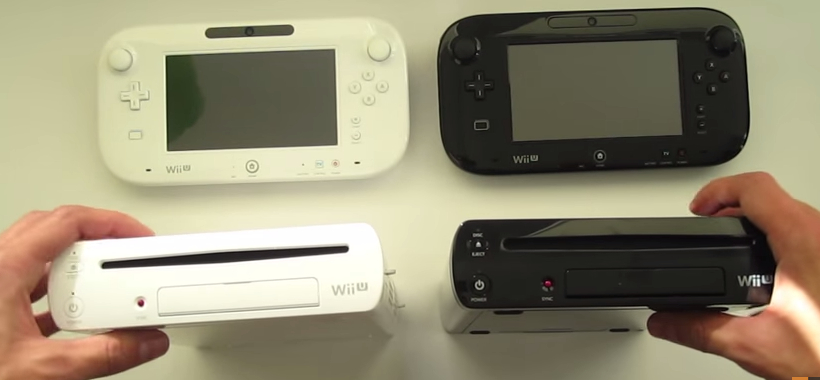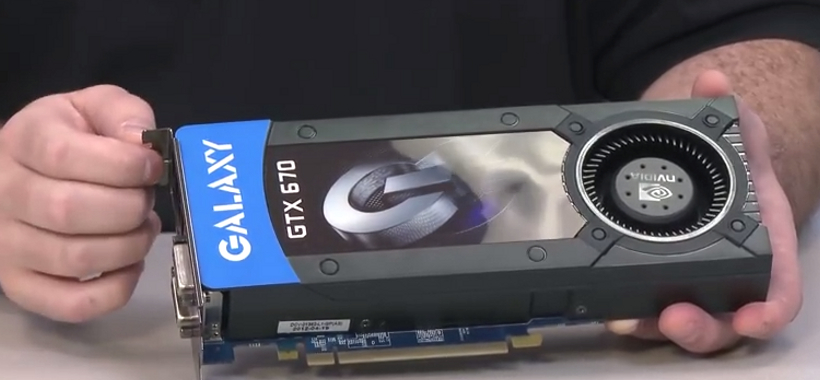Though each has its advantages there are many differences between the Nikon d5100 and d3200. What you will notice immediately, is the variance in weight and size between these two quality cameras. The d3200 is the lighter of the pair, but one could argue that what you give up in the weight and price of this more than capable camera, you also lose in features. The question a consumer should ask when deciding which you will choose is, “What do I want to do with my camera?” If you want more options, than the d5100 id the choice, hands down.
What the Nikon D3200 Offers
Now, more options doesn’t necessarily mean better. The d3200 earns the right to boast a much higher true resolution (at 24.1MP the 5100’s 16.1MP) and better image quality (although it’s only a slight difference). Making it the obvious choice for those to whom picture detail is more important than features. Overall, the d3200 scores points for crisper, cleaner images and nearly a 20 percent less price on the box. It wins in efficiency and affordability. Who is this camera NOT for?
The Nikon d5100 is a sure bet for the user who is looking for a variety of ways to capture and manipulate images. First, the battery life makes it more “field friendly” lasting about 20% longer, allowing more shots on location without having to change out or charge. That’s an excellent advantage when your purpose is getting as many shots or angles that you can. But that’s not the only feature that makes this slick and sweet camera a great choice. It weighs in with a flip out screen, for viewing image with better detail recognition as you’re capturing photos.
What Makes the Nikon D5100 Better?
When you combine those hardware options with the fact that the 5100 has in camera HDR, which stands for high dynamic range. This feature is nice, and it can make your photos look better, the secret is in knowing how and when to use it. This, unfortunately doesn’t seem to be a natural understanding and you may have to do some research to get the hang of it. All around, the d5100 is better for those who are shooting pictures of family or friends and not in any semi-professional medium.
It’s really all about application. Some have declared the Nikon d3200 the undisputed champion of the two. That is subjective, each has valuable advantages over the other. It could be called the difference between the “everyone’s” and the “artist’s” camera. Though, either could be used for hobby or home, the d3200 would make a far better choice if you want to inspire awe in the pictures you’ve taken. If, on the other hand, you want to shoot and Vine a clip, grab a few shots on summer vacation and take your photos deep in the woods, for days on end, you might be far better off with the d5100.
























